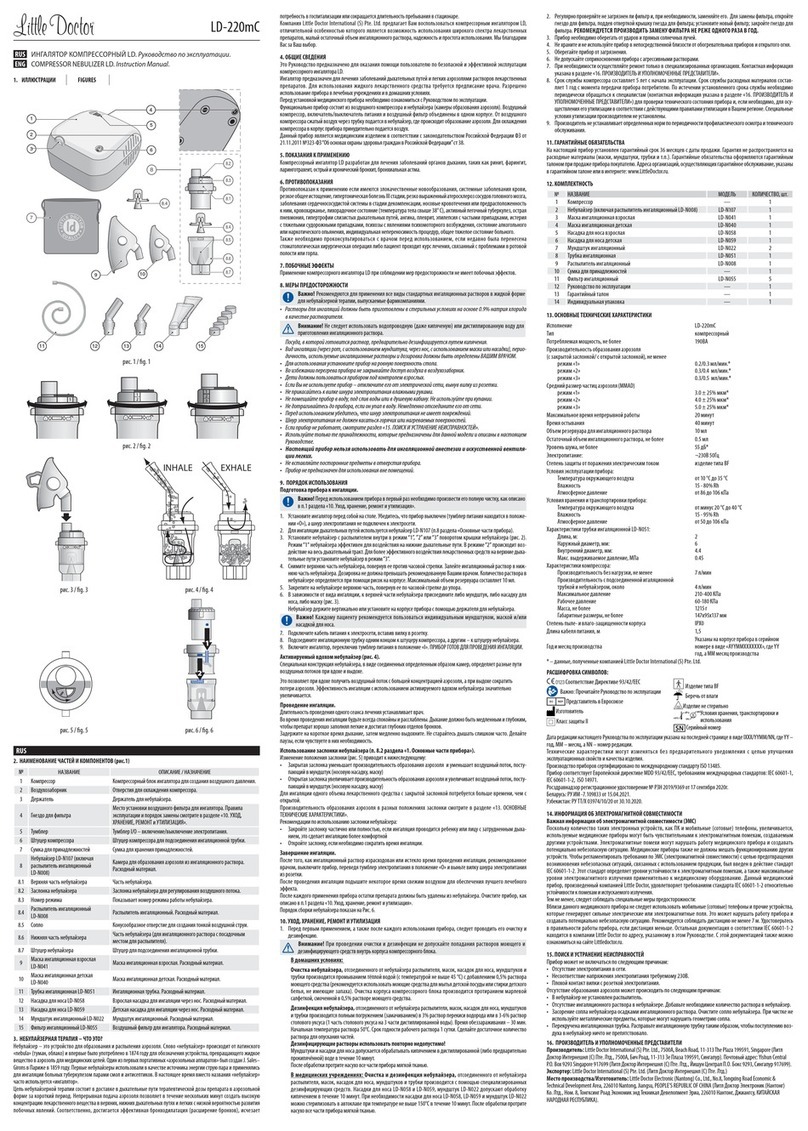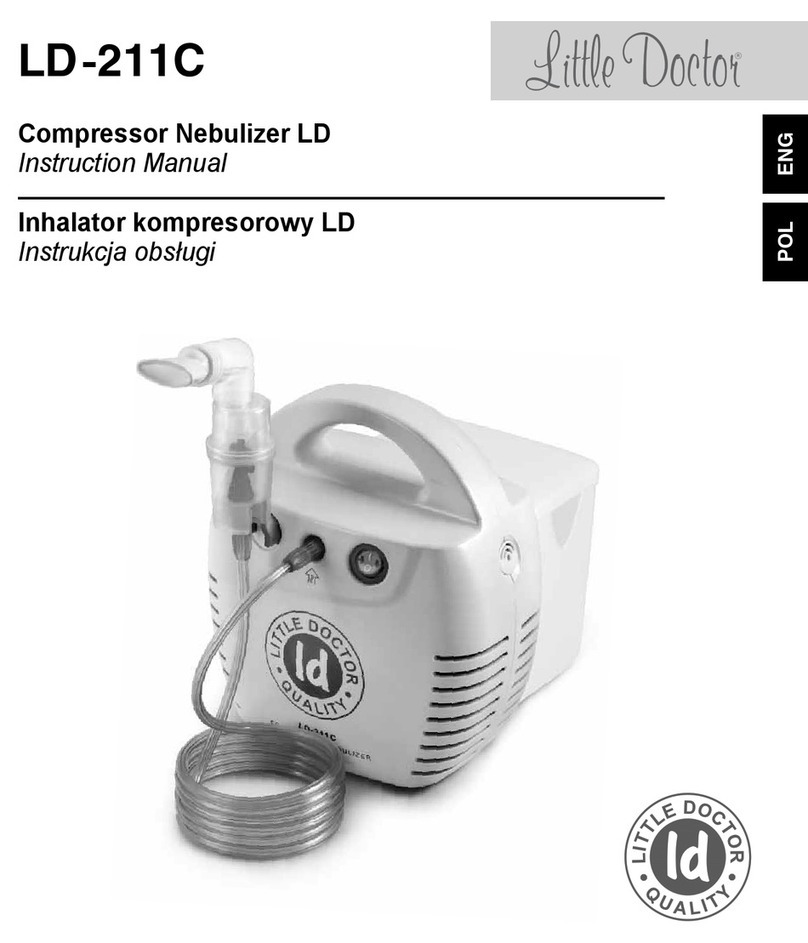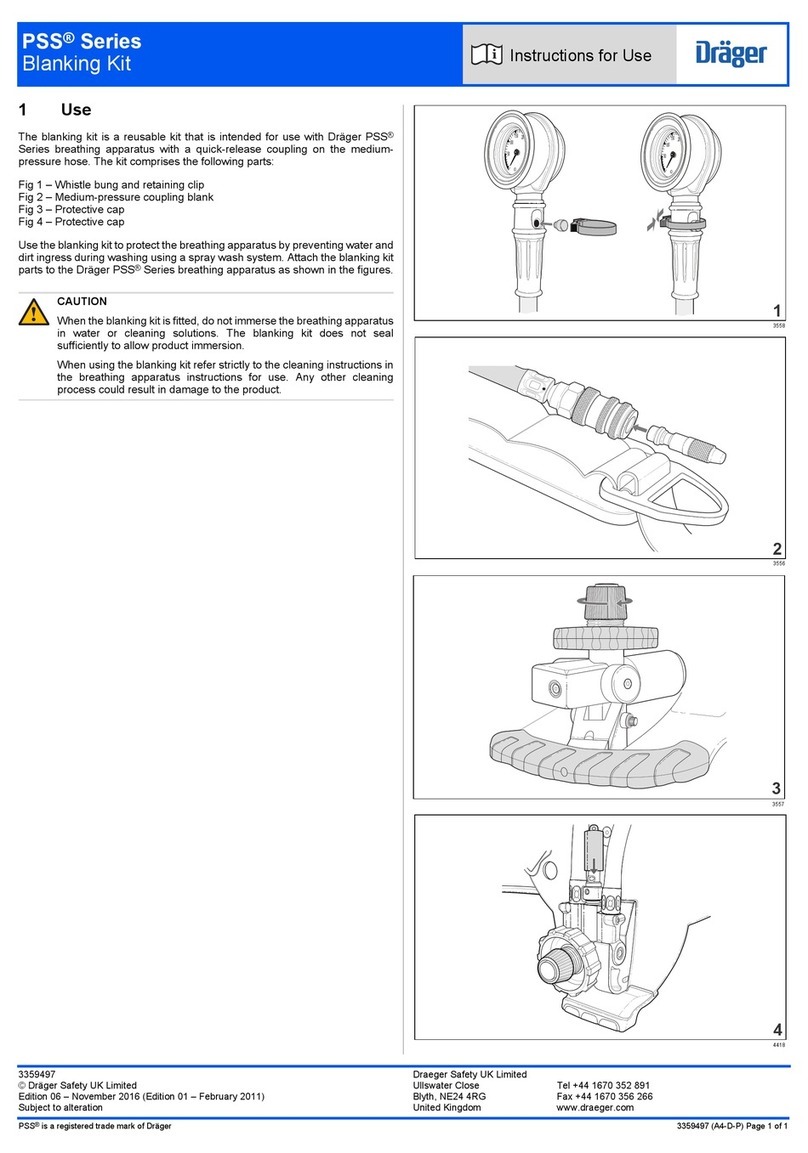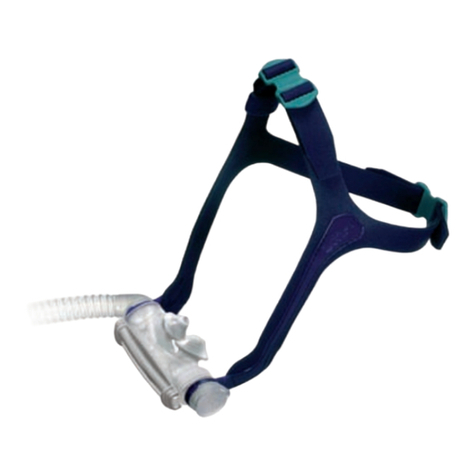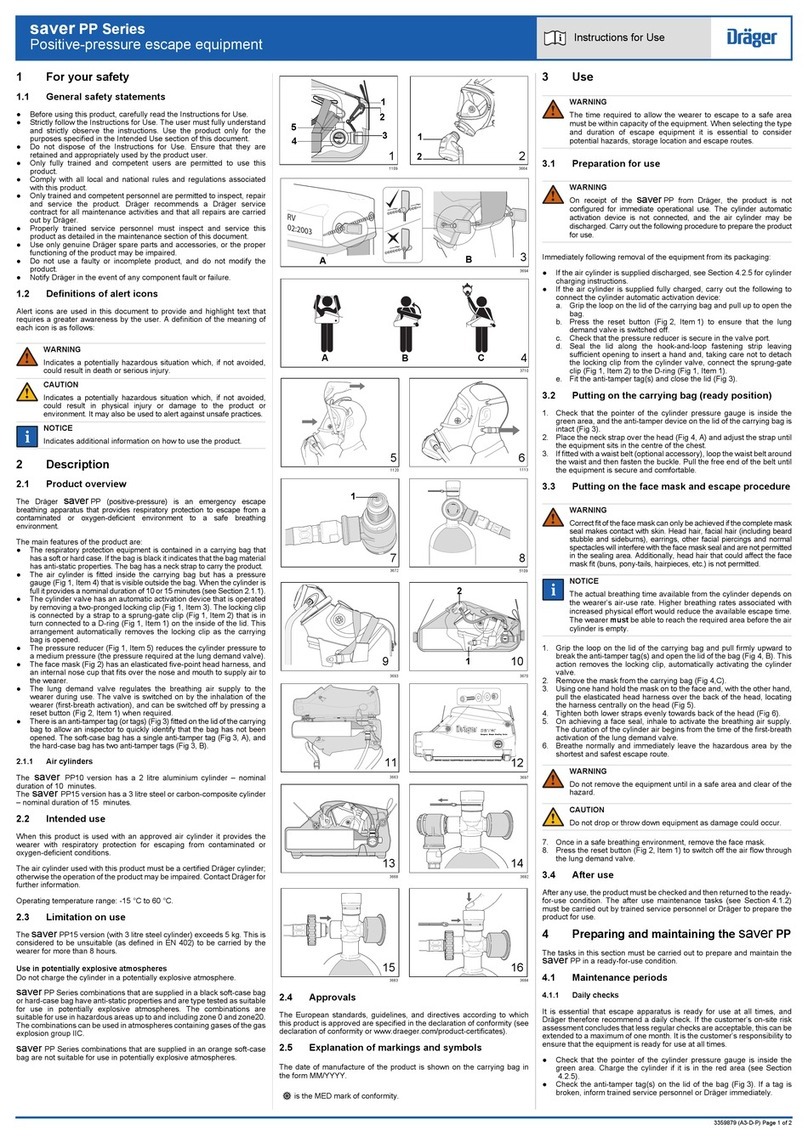9
ENG
When inhalation solution remains slightly, tilt the device to yourself.
It allows to use inhalation solution completely. Do not shake the
nebulizer during use. It may cause automatic shutdown.
At the end of inhalation, turn the unit off by touching the key ,
the POWER indicator will turn off. Remove the inhalation chamber
from the device by touching the key PRESS on the back side of
nebulizer and pushing forward the inhalation chamber (Fig.10).
Clean the unit as described in item «CARE, STORAGE, REPAIR
AND RECYCLING». When using the adapter for a mask, after
inhalation the condensate can form in its widest part.
CARE, STORAGE, REPAIR AND RECYCLING
1.
After inhalation with any medicine solution is recommended to spray clean water for 1-2 minutes to
clean the mesh membrane of residual medicines. DO NOT clean the membrane with items (towels,
rags, cotton buds and so on)!
2.
Carry out regular cleaning of the device and all accessories. All accessories of the device
is recommended to wipe 3% hydrogen peroxide with 0.5% solution of detergent (eg
washing powder) Then to wash thoroughly under running water inhalation chamber and a
reservoir for medical solution.
Mouthpieces allow processing of boiling for 10 minutes or autoclaving at temperatures up
to 150 °C. After treatment, wipe all parts with a soft cloth. Keep the device with installed
adapter for the mouthpiece to prevent damage of the mesh membrane.
3. The device should be protected from direct sunlight and strikes.
4. Do not store or use the device in the vicinity of heaters and open flames.
5. Protect the device from contamination.
6. Do not touch the device with aggressive solutions.
7.
If necessary, carry out repairs only in specialized organizations.
8. The life of this product is 5 years from the date of transfer to the consumer. Consumables – 1 year
from the date of transfer to the consumer. On the expiry of the life, you should periodically consult
specialists (the qualified service organization) to check the technical condition of the device and, if
necessary, for its recycling in accordance with applicable disposal regulations in your area.
The manufacturer not set specific conditions of utilization.
WARRANTY OBLIGATIONS
The following LD product is covered by warranty for the period specified in the warranty
card. Warranty does not cover consumables (inhalation chambers, masks, mouthpieces,
pipes and so on).
Warranties are issued warranty certificate when selling the device to the customer. Addresses of
organizations performing warranty service are specified in the warranty card.
Fig
.10



